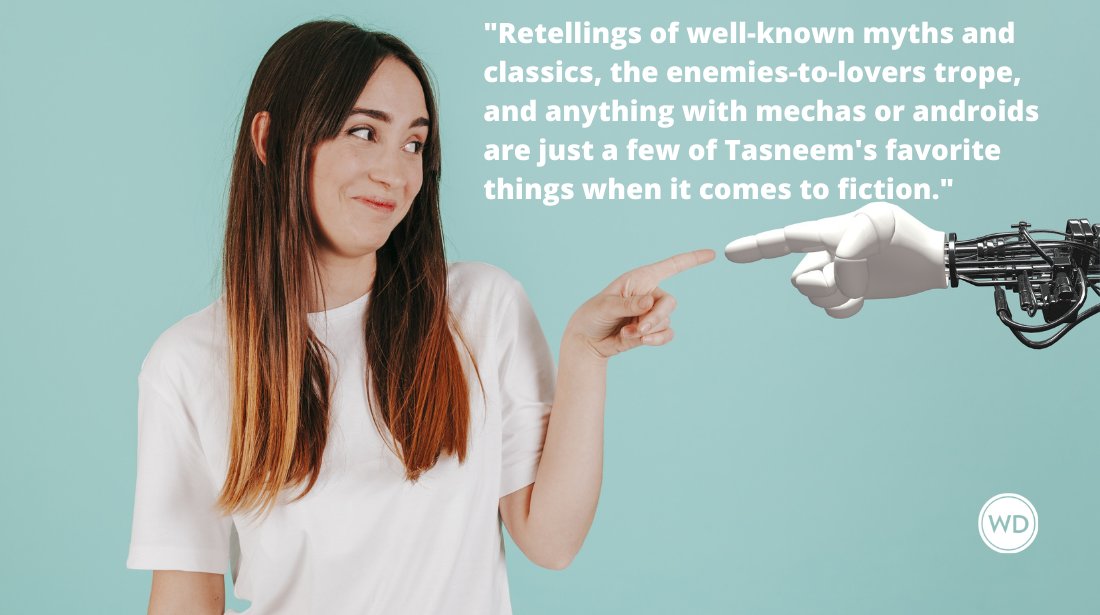How I Wrote a Historical Novel Set in an Era I Knew Nothing About
Five years ago, I knew nothing about the Progressive Era. I mean naught, nothing, nada. I had some vague notion that they washed their hair with egg yolks and drank Coca Cola laced with cocaine, but that was about it.
This post was originally published on Patricia Stoltey's blog on November 5, 2015.
Five years ago, I knew nothing about the Progressive Era. I mean naught, nothing, nada. I had some vague notion that they washed their hair with egg yolks and drank Coca Cola laced with cocaine, but that was about it. I ran across a brief article about a police matron, Alice Stebbins Wells, who became the first woman cop with the Los Angeles Police Department in 1910. She was brave and amazing and I wanted to write something about her world.
Order Jennifer Kincheloe's The Secret Life of Anna Blanc today.
But I’d never written a novel.
Always a sucker for a challenge, I engaged in a grueling multi-year process of educating myself, and wrote the book anyway. It’s called THE SECRET LIFE OF ANNA BLANC, and takes place in 1907 Los Angeles. A socialite buys off her chaperone and, using an alias, secretly gets a job as a police matron with the LAPD. (Think I-Love-Lucy meets Agatha Christie.)"
How I Learned Anna’s World
I immersed myself in Anna’s culture, relying on the following.
1. Novels – Not historical fiction, but books my character would have read—Lurid accounts of Jack the Ripper, Sherlock Holmes, The Circular Staircase, Peter Pan, The Wizard of Oz. This is a great place to get a handle on social mores and harvest slang. Speaking of slang…
2. The Historical Dictionary of American Slang – This is the definitive slang dictionary for the US. It’s comes in a mammoth two-volume set and has 14 pages for the f-word alone. The bad news – it only goes up to the letter O.
3. Old photographs – I looked at tens of thousands of them. I started collecting digital images from on-line museums and libraries. Pinterest is a great source for digging up old photos. (Click here to see my collection.) Seeing the candid shots helped humanize the people. They weren’t just cardboard figures stoically posing for portraits. They were silly, sexy (Yes, Great Grandma was sexy), joyful, mischievous, and artistic.
4. The Arts – Painters, musicians, poets, humorists, cartoonists, fashion designers. Checking them out helped me learn the zeitgeist of the era.
5. Clothes and Jewelry – In 1907, ladies as rich as Anna flaunted their wealth. Not only did I collect hundreds of photographs of gowns and art nouveau jewelry, I went to a Cartier exhibit and saw some of the pieces with my own coveting eyes.
6. Marriage and Courting Advice Books and Erotica – These were hilarious.
7. Memoirs and Eyewitness Accounts – My favorite is a cop’s account of a sting operation where the officers dressed in drag to catch “The Boyle Heights Rape Fiend.” (That’s in the novel)
8.Court Transcripts, meeting minutes, and administrative documents – You can sometimes find these babies on line. For example, I found a police department’s annual report, which was both dull and informative.
9. Textbooks – Theirs not ours. For example, I read a legal medicine text (Think CSI) from 1895.
10. Doctoral Dissertations – They are on microfiche at your county library.
11. Museum Curators – They are always excited to talk to people who are geeking out on their area of expertise, because so few people care how to start a 1907 Rolls Royce Silver Ghost.
12. LA Historians – I stalked one until she caved and read the book.
13. The 1900’s Newspapers – From want ads to the crime beat, there is no better source for story ideas.
14. U-Tube – Silent movies that my character would have seen, videos of dances that she would have done, footage of people just walking down the street.
The novel flowed from everything I learned. And that is how I wrote a historical novel set in an era I knew nothing about.
Jennifer Kincheloe, is the author of THE SECRET LIFE OF ANNABLANC (Nov. 2015, Seventh Street books). Jennifer is a research scientist turned writer of historical fiction. Her novel won the Colorado Gold Award for Mystery and was a finalist for the Lefty Award for Best Historical Mystery, the Macavity Awards for Historical Mystery, and the Colorado Author's League Award for Genre Fiction. The audiobook of her novel releases November and is narrated by Emmy, Audie, Earphone, and Audible Book of the Year winner, Moira Quirk. Follow her on Facebook.







